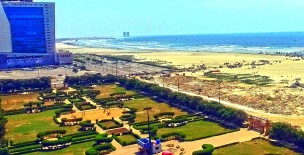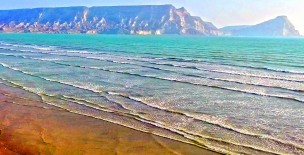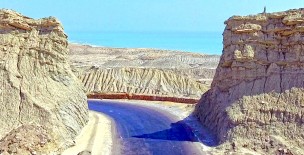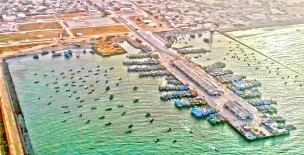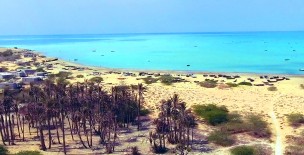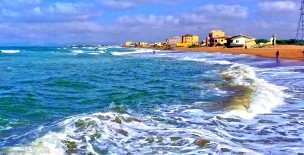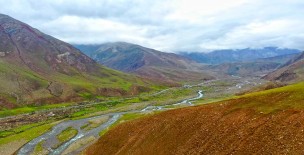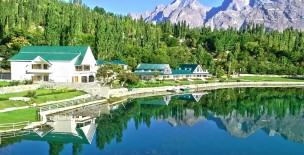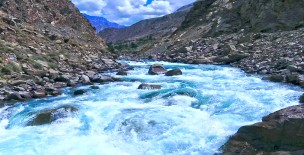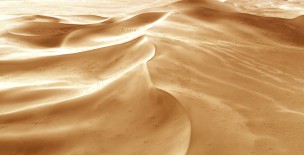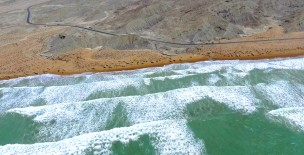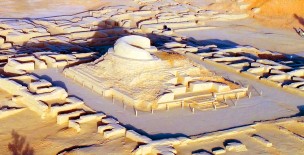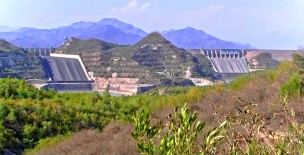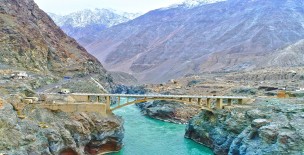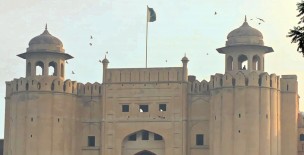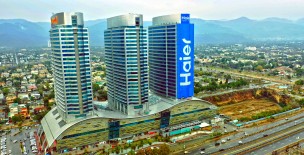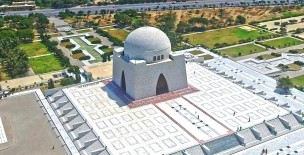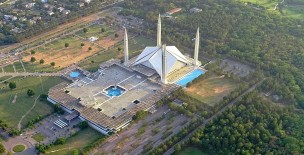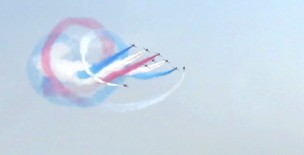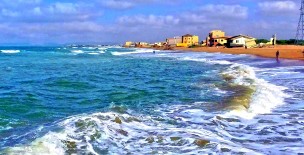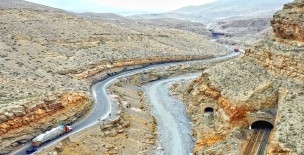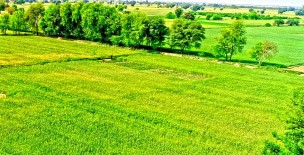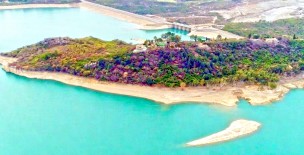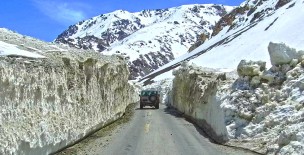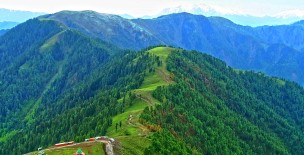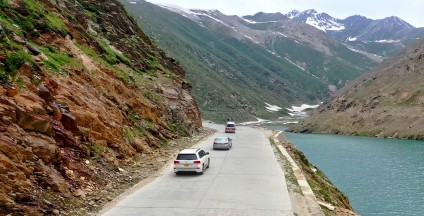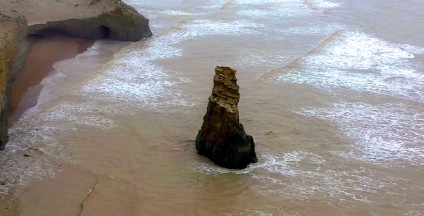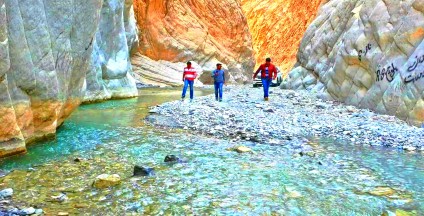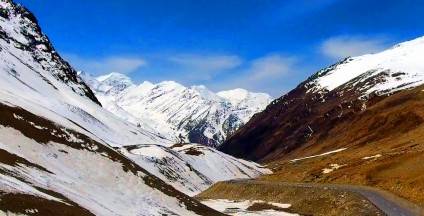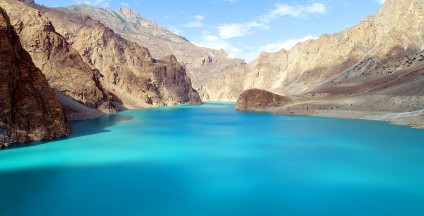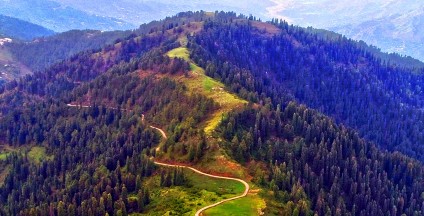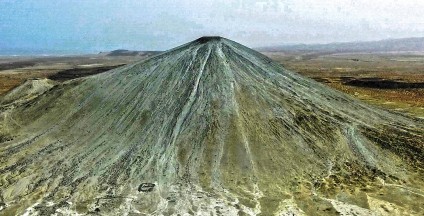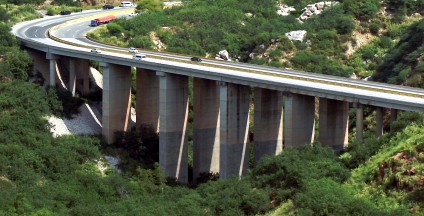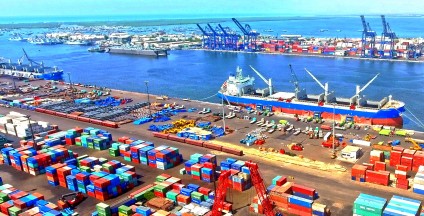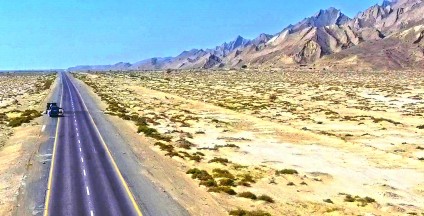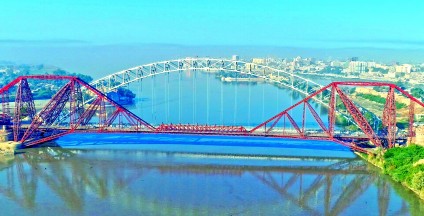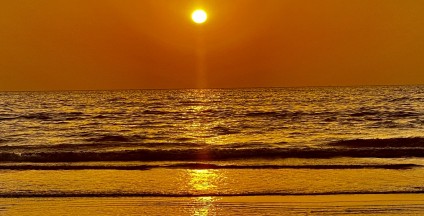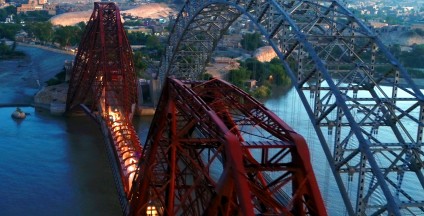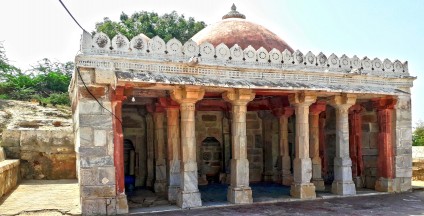Gwadar is a port city on the south western coast of Balochistan, Pakistan. It was an overseas possession of Oman from 1783 to 1958.
The city is located on the shores of the Arabian Sea, approximately 700 kilometres to the west of Pakistan's largest city, Karachi. It is near the border with Iran, and is located to the east of the Persian Gulf and opposite Oman.
The word "Gwadar" is a combination of two Balochi words – Gwat meaning wind and Dar meaning Gateway, thus Gwadar means "The Gateway of wind".
A different theory is that the name is derived from the ancient name of Baluchistan, Gedrosia, which was given by the Greeks to the arid area of southern Baluchistan.
Inhabitation of Gwadar, like most areas of Balochistan, appears to be ancient. The area shows inhabitation as early as the bronze age with settlements around some of the area's oases.
It is from this settlement pattern that word Makran, the original name of Balochistan, is derived. For a period, it was a region of the Achaemenid Persian Empire. It is believed to have been conquered by the founder of the Persian Empire, Cyrus the Great.
During the homeward march of Alexander the Great, his admiral, Nearchus, led a fleet along the modern-day Makran coast and recorded that the area was dry, mountainous, and inhabited by the "Ichthyophagoi" (or "fish eaters").
“Fish Eaters” was an ancient Greek rendering of the ancient Persian phrase "Mahi khoran," which has itself become the modern word "Makran". After the collapse of Alexander's empire the area was ruled by Seleucus Nicator, one of Alexander's generals.
The region then came under Mauryan rule around 303 BCE, after Seleucus made peace with Emperor Chandragupta and ceded the territory to the Mauryans.
Thereafter, it was ruled by Muslim Arabs and Baloch tribes. In 1783, the Khan of Kalat Mir Noori Naseer Khan Baloch granted suzerainty over Gwadar to Taimur Sultan, the defeated ruler of Muscat. In 1948, Makran acceded to Pakistan and was made a district.
